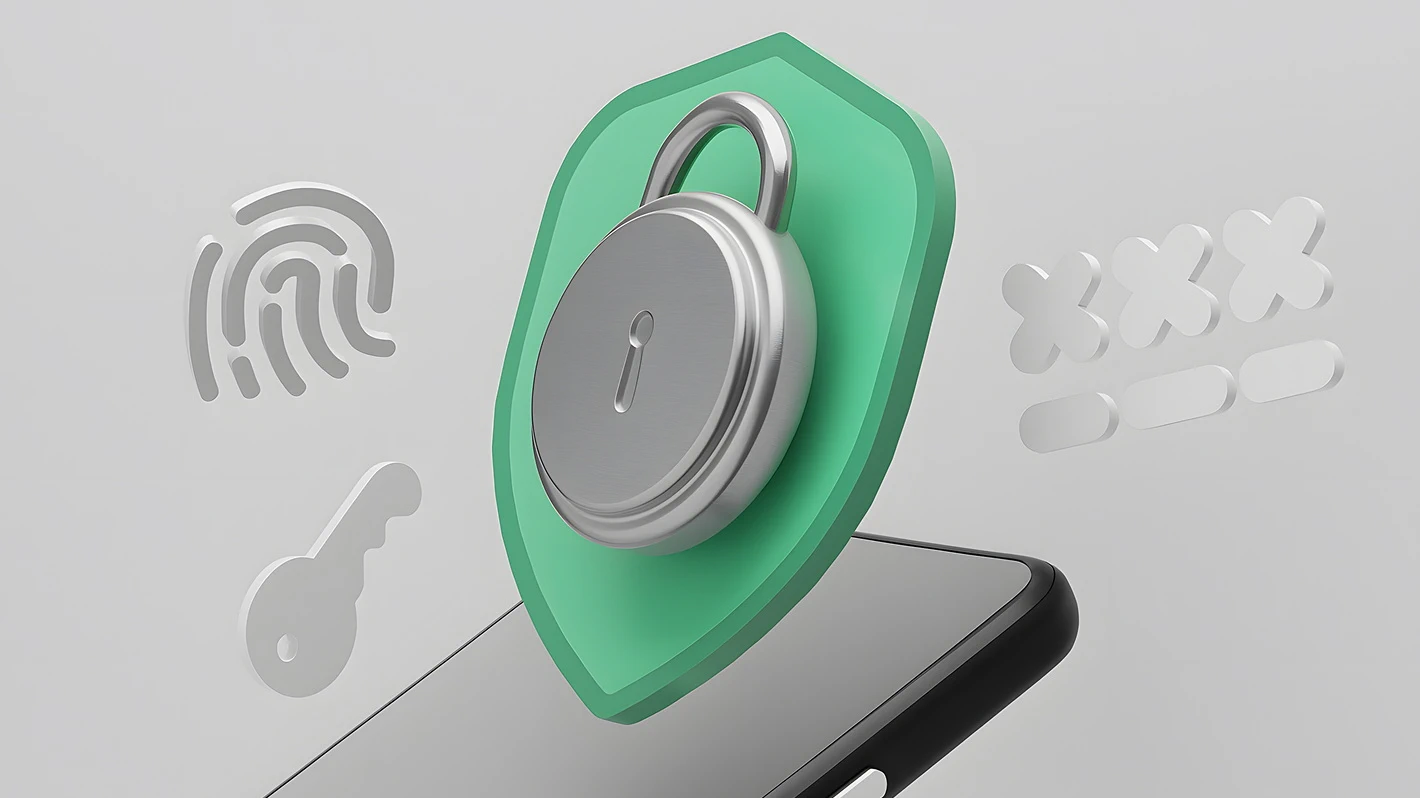The biggest advantage you can provide these days is superior customer service. While every company strives to provide the best support and service, few deliver on it. How bad is it? Accenture reports that $1.6 trillion is lost by U.S. businesses when customers switch to other companies as a result of poor service.
It’s not just the bottom line that benefits from providing better customer service. Your employees will benefit as well. A recent research study revealed that companies that provide better customer experiences have 60% more engaged employees than their competitors. It’s a full-circle strategy that works for everyone. Engaged employees are happier and give better service. When they can solve customer problems, they feel fulfilled. Happy customers tend to stay loyal.
It Starts With Hiring
Review your job postings, recruitment practices, and interview process to make sure you are attracting the right kind of person. The best employees will be positive people that share your goals.
Most job postings have a list of qualifications and skills. Despite that, most companies find that many of their top-performing employees don’t have the credentials you are demanding from new applicants. Make sure you are differentiating between the mandatory items you must have in employees and the attributes you want.
Next, evaluate how you onboard employees when they start. Making them feel welcome and creating a team atmosphere where everyone supports each other. Have a structured training, coaching, and support system to get them started on the right path.
Creating Engaged Employees
In order to get engaged employees, you have to provide the right culture and environment. Truly, culture is everything. The best-performing teams have a sense of a common purpose. This sense of shared purpose is often strengthened by internal systems that support talent development, helping match individuals with roles aligned to their strengths and aspirations.
Superior customer service has to be integrated into everything you do. It isn’t relegated to one department. Whether you are a manager or employee, the big boss, or carry a title like VP of Customer Success, VP of Customer Support, or VP of Customer Experience, everyone has to be involved and buy-in.
Keys To Engaged Employees In Customer Service Roles
- Empower employees to make decisions on the spot without having to consult managers
- Provide regular training and coaching on both technical and “soft” skills
- Celebrate milestones and successes, personally and as a team
- Treat your team with respect and appreciate their work
- Provide a healthy, clean, safe, and ergonomically-sound environment
- Ask for input from your team
Provide The Right Tools
Even the most engaged employees will be frustrated if they do not have the tool they need to do the job. The right software and hardware can make a significant difference in attitude. Customers now expect almost immediate interaction when they contact companies. Are your employees able to quickly respond in an omnichannel world? Are you set up to handle email inquiries, chat, phone, email, website, and social media requests?
Focus On The Right Things
We’ve all read the stories about companies that went to great lengths to “delight” customers. Some seem genuine, while others seem more like publicity stunts. Do they work? They do make headlines, but a research project published in the Harvard Business Journal reveals it’s more important to do the things that matter most to customers than delight them. More than 75,000 people that had contacted companies for customer support issues were interviewed. The researchers found that it’s not so much about exceeding customer expectations. It’s about meeting them.
Delighting customers, the report reveals, doesn’t build loyalty. What builds loyalty is reducing the effort the customer has to do to get service. 70% of the customer’s decision to do business with you is dictated by how they feel they are treated during the customer journey.
You’ve probably experienced every one of these problems yourself:
Biggest Consumer Complaints
SOURCE: Consumer Reports National Research Center
- Can’t get a person on the phone
- Rude or condescending salesperson
- Got disconnected
- Got disconnected and could not reach the same representative
- Transferred to a representative who can’t help or is wrong
- The company doesn’t provide a customer service phone number which makes it difficult to find
- Long wait on hold
- Many phone steps needed
- Repeatedly asked for the same information
- A proposed solution was useless
- Unsure whether on hold or disconnected
- Can’t speak with a supervisor
- The phone menu doesn’t offer a needed option
- Voice-recognition system works poorly
Does your process avoid these customer frustrations?
Solving customer issues quickly and easily is the best way to build customer loyalty. Focus your efforts on the process and people within your organization to make that happen. While customers don’t always reward great customer service, they sure will often punish bad service.
Get Constant Feedback
Since customers make decisions throughout the customer buying journey, it is important to understand how they perceive the experience at each step. The best way to understand that journey is to ask. This can help you identify the specific places you are not meeting the mark. Some 80% of businesses use some form of a customer satisfaction survey to analyze customer experience. Leveraging customer feedback tools like surveys and net promoter score programs allows reps to capture customer sentiment after interactions. This feedback can then be used to continually refine training approaches to maximize customer satisfaction.
At the same time, you need to get honest feedback from your team. You will also want to focus on team frustrations and then analyze what you can do to alleviate them.
Feedback should be both formal and informal.
Informal Feedback
- Listen in on a call
- Sit in their seat for a day and deal with customers
- Small group discussions, problem-solving, and brainstorming sessions
- Practice MBWA (Management By Walking Around)
Formal Feedback
- Formal performance reviews
- Regular benchmarking against goals
- Scheduled One-on-one coaching sessions
- On-the-spot coaching
Continuous Improvement
Start with realistic benchmarks that you can measure your team against. Once they hit goals, celebrate the success and introduce additional goals or move the benchmarks higher. Everybody should be in a mode of constant, incremental improvement in order to provide superior customer service.
Benchmark Accountability
Some team members will fall short. When they do, you need to determine if there’s a problem that can be fixed. Does the team member have the right tools to succeed? Have they been properly trained? Do they have the right skills for the job? If it is something that can be corrected, whether, with training, coaching, or more experience, you need to provide the appropriate resources. If not, you may need to take action. A poor-performing team member holds everyone back.
Engage Your Team In The Process
Don’t just send an email or hold a meeting to announce changes that are being made if you have the opportunity to get your team involved. Allowing them to play a role in decisions that affect them can give them ownership of the outcome. By letting them play an active role in the process, they are more likely to be vested in the process and hold themselves and others accountable.
The best accountability system you can have is when your employees hold each other accountable.
The C.A.R.E. Method
Management consulting company McKinsey sums it up with these four strategies to deliver consistent top-level customer care:
C = CLARIFY
Understand your customers and your employees. Find the issues that matter most to each of your stakeholders and share your vision and goals. Make sure your team knows your expectations.
A = ALIGN
Define a common purpose for your organization and team. Make sure every touchpoint throughout the customer journey is aligned with your goals.
R = REINFORCE
Regular training and coaching help to reinforce company vision and goals in a concrete way. Informal and formal reviews and feedback are necessary for accountability and to measure performance.
E = EMPOWER
Provide your team with a framework for which they can make decisions. Then, empower them to make decisions consistent with your common purpose. Celebrate their successes – both individually and as a team.











